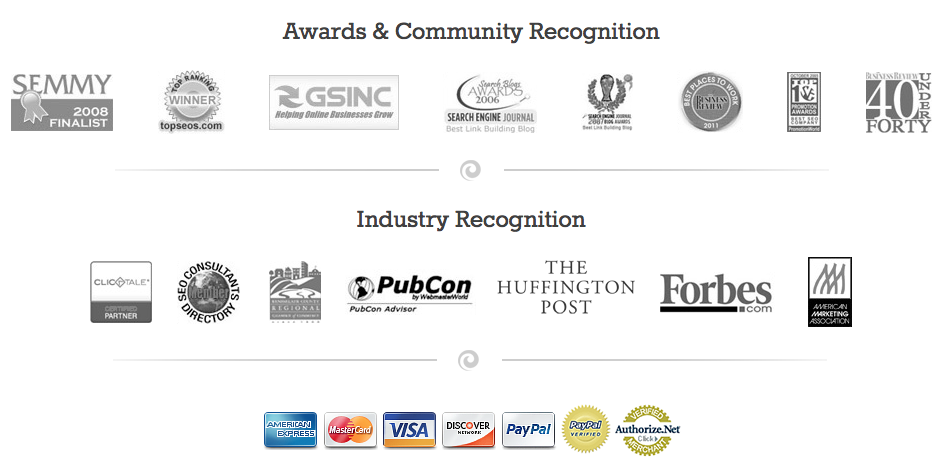Earlier this week, Matt Cutts talked about devaluing infographics. This is not surprising given Google’s stance on content and link issues. However, the statement set the world abuzz with speculation. We all know that spam analysis is not an exact science, so many are hoping Google will be unable to carry out its threat.
This is probably a vain hope. If your infographics are used to link to wonky sites, be prepared for Google to devalue you. However, this does not mean that you should toss infographics away altogether. You can still use them if you are careful to ensure that they are being used for the right purposes.
Bulletproof Digital will help you clean up your website to comply with all the new search engine parameters. Contact us to discuss your site’s Search engine optimization (SEO) tools and how you can make them better.
How Could Devaluation Happen?
Your entire website can be judged in an instant by the quality of your link profile. It can also be judged by the relative value of a few links, new incoming links, and your distribution of those links.
Diversity is the key to avoiding complete destruction of your site. If you have infographics, be sure they are not the sum total of your linkage. If they are, you should seriously consider how to reorganize your site to make it more valuable in the eyes of the search engines.
How Will Google Devalue?
There are several ways Google could devalue infographics on websites. Each of these has particular pitfalls for webmasters who have relied on specific techniques.
- Commercial Anchor Devaluation. If Google goes this route, it will impact webmasters who have relied on infographics to sneak in keyword matches.
- Irrelevant Embedded Links. If infographics are being used deceptively with irrelevant embedded links, Google will probably spot it. How badly your site is impacted will probably depend on how guilty you are of these “sins.”
- Infographic SpamRank & Co-Citation. If you bought your infographics from a content farm, you can expect devaluation. After all, all Google has to do is go back to the source and crawl from there.
How Do I Fix It?
There are ways to beat the problem before it gets out of hand.
- Diversify now. If you have a site full of infographic backlinks, get busy fixing this problem now before Google finds out. Put your content into other, less bothersome, formats, or change it altogether.
- Stop risky execution. Be sure you are not guilty of false linking and other no-nos that you know are going to be spotted by Google eventually.
- Shift relevance. Use your critical thinking to evaluate how well your infographic relates to the website’s content.
- Lead with quality citations. Identify where you want to be linked to and make those your primary links so that Google sees your site as relevant.
- Repurpose your infographics. You can still use the data, perhaps just in a different form.
- Avoid directories. This can be a signal to Google that your infographic is less than relevant.
- Keep using infographics. Don’t let Google scare you away; just do infographics in the right way so that you do not have to worry about being stung in the coming apocalypse.
Bulletproof Digital is ready to help you with our SEO link building services. Talk to use today to see how we can help you achieve quality search engine optimization on your site.

